Baicells Technologies BRU3510 LTE-TDD Base Station User Manual BaiCells BRU3510 Base Station Installation Guide
Baicells Technologies Co., Ltd. LTE-TDD Base Station BaiCells BRU3510 Base Station Installation Guide
Users Manual
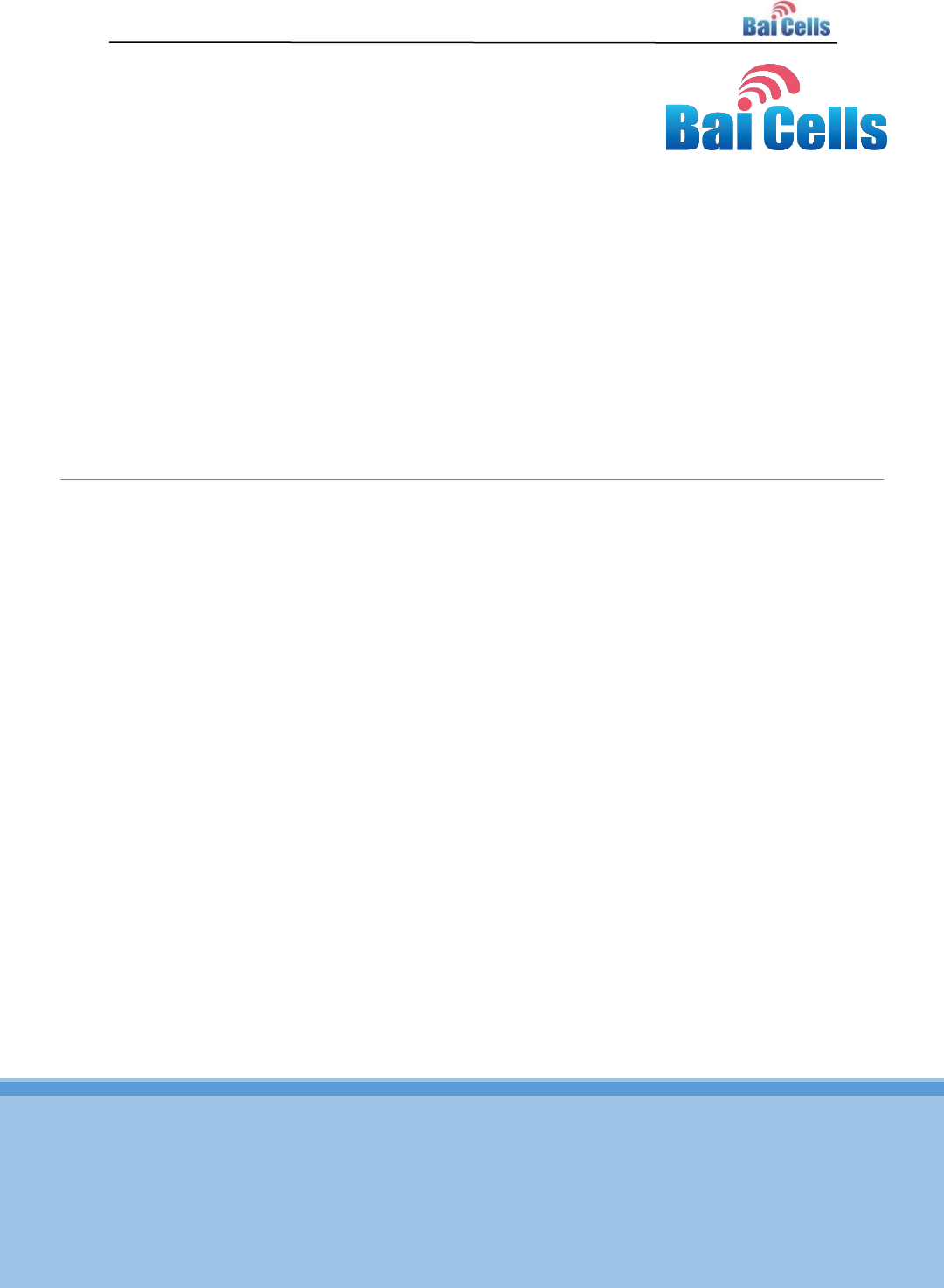
1
All rights reserved © BaiCells Technologies Co., Ltd.
BaiCells BRU3510 Base Station Installation Guide
V1.0
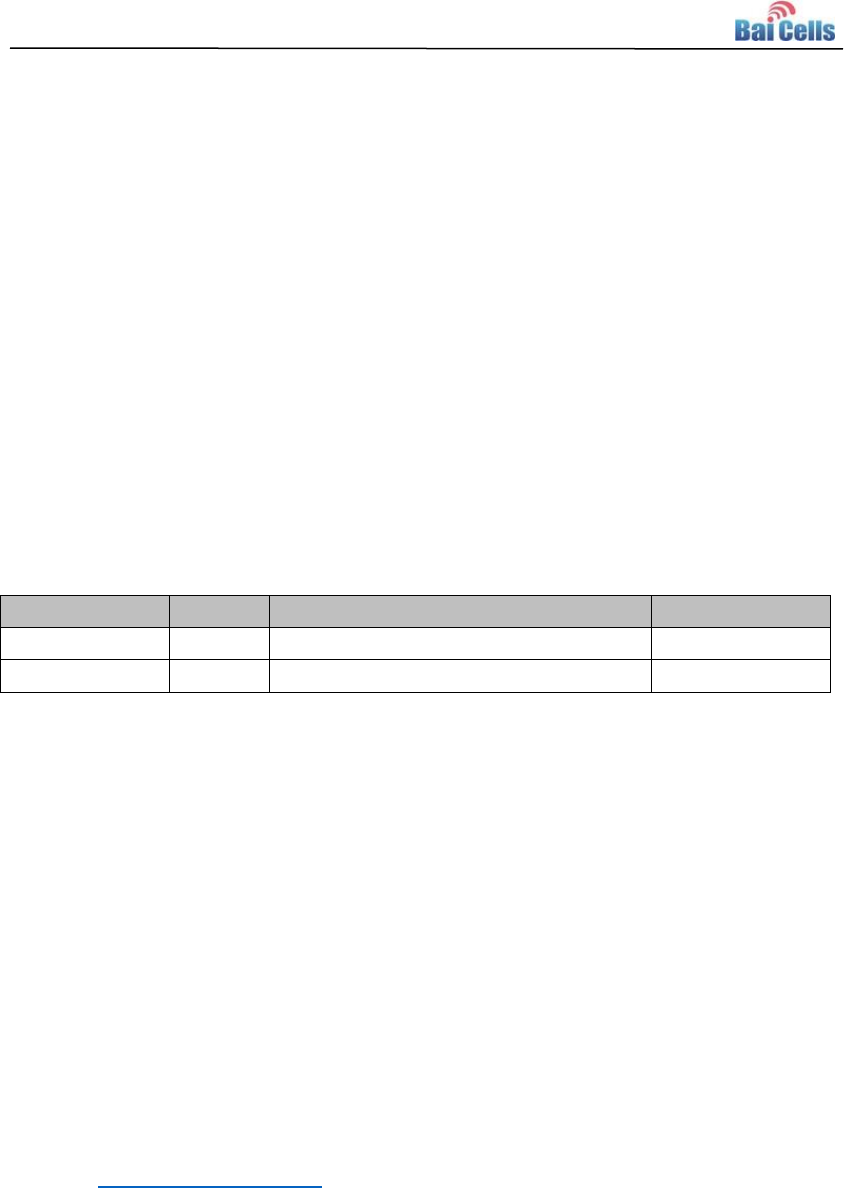
1
About This Document
This document is a user guide for the hardware installation of the base station
BRU3510.
Copyright Notice
BaiCells copyrights this specification. No part of this specification may be reproduced in
any form or means, without the prior written consent of BaiCells.
Disclaimer
This specification is preliminary and is subject to change at any time without notice.
BaiCells assumes no responsibility for any errors contained herein. For more information,
please consult our technical engineers.
Revision Record
Date
Version
Description
Author
30 Jun,2016
V1.0
Zhang Liuan
Contact Us
Address: 555 Republic Drive, Suite 200 Plano, TX 75074, BaiCells Technologies Co., Ltd.
North America
E-mail: support_na@baicells.com
Phone: +1-972-800-1157
Website: http://www.baicells.com/

2
Contents
1. Out-of-Box Audit ....................................................................................................... 5
Shipping List .............................................................................................................. 5 1.1
Appearance ............................................................................................................... 6 1.2
Base Station specifications ...................................................................................... 6 1.3
Base Station Accessories ......................................................................................... 7 1.4
2. Installation Preparation ............................................................................................ 8
Supporting Materials ............................................................................................... 8 2.1
Installation Tools ...................................................................................................... 8 2.2
Installation Environment ............................................................................................ 9 2.3
2.3.1 Locational Requirements .................................................................................... 9
2.3.2 Environmental Requirements ............................................................................. 9
2.3.3 Power Requirements .......................................................................................... 9
2.3.4 Grounding and Lightning Protection ................................................................ 10
3. Install Base Station .................................................................................................. 11
Installation Procedure............................................................................................ 11 3.1
Installation Steps ...................................................................................................... 11 3.2
3.2.1 Install on Wall ................................................................................................... 11
3.2.2 Install on Pole ................................................................................................... 13
3.2.3 Install Antenna Feeder System ......................................................................... 14
3.2.4 (Optional) Install GPS Antenna ......................................................................... 20
Connection Wire ...................................................................................................... 23 3.3
Power On .................................................................................................................. 24 3.4
Antennas Information .............................................................................................. 25 3.5
Regulatory Compliance ............................................................................................ 26 3.6

3
Content of Figure
Figure 1-1 Appearance of BRU3510 ............................................................................ 6
Figure 2-1 Grounding and Lightning Protection ......................................................... 10
Figure 3-1 Installation procedure of BRU3510 ........................................................... 11
Figure 3-2 Install on Wall ............................................................................................ 12
Figure 3-3 Drilling Locations on Wall .......................................................................... 12
Figure 3-4 Install Mounting Bracket on Base Station ................................................. 13
Figure 3-5 Install Mounting Bracket on Pole .............................................................. 13
Figure 3-6 Installation on Pole Complete ................................................................... 14
Figure 3-7 Omnidirectional Antenna Installation (1) ................................................... 15
Figure 3-8 Omnidirectional Antenna Installation (2) ................................................... 16
Figure 3-9 Assembling Procedure of Directional Antennas ....................................... 16
Figure 3-10 Transportation of the Antenna in the Height ........................................... 17
Figure 3-11 Directional Antenna Installation............................................................... 17
Figure 3-12 Antenna Waterproofing ........................................................................... 18
Figure 3-13 Antenna Waterproof Protection ............................................................... 19
Figure 3-14 Grounding Protection .............................................................................. 19
Figure 3-15 GPS Antenna Parts ................................................................................. 20
Figure 3-16 GPS Pole Installation .............................................................................. 21
Figure 3-17 GPS Cable Fixing ................................................................................... 22
Figure 3-18 GPS Connector Connect to Base Station .............................................. 22
Figure 3-19 Connect Antenna Feeder ........................................................................ 23
Figure 3-20 Connect Ethernet Cable ......................................................................... 23
Figure 3-21 Connect Power Cable ............................................................................. 24
Figure 3-22 LED Indicator .......................................................................................... 24

4
Contents of Table
Table 1-1 Shipping List ................................................................................................. 5
Table 1-2 Base Station Specifications .......................................................................... 6
Table 1-3 Base Station Accessories ............................................................................. 7
Table 2-1 Supporting Materials for Installing Base Station .......................................... 8
Table 2-2 Environmental Requirements of the Base Station ....................................... 9
Table 3-1 BRU3510 Indicator Description .................................................................. 24
Table 3-2 BRU3510 Antenna List ............................................................................... 25
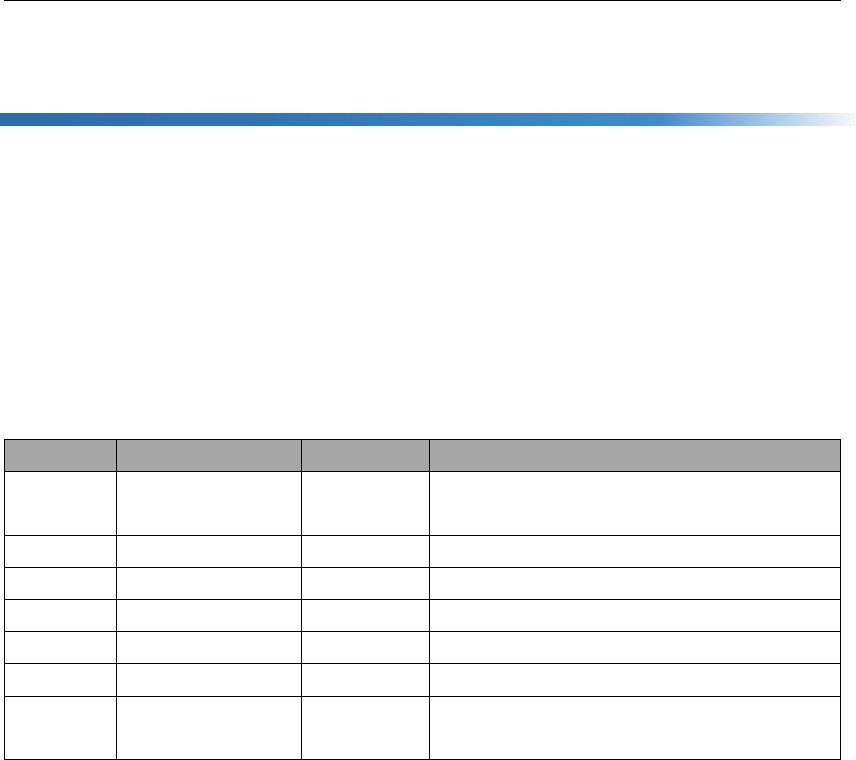
5
1. Out-of-Box Audit
Shipping List 1.1
Before opening the box, make sure the packaging cases are in good condition,
undamaged and not soaked. During the unpacking, avoid potential damaging impacts
from hits or excessive force.
Once unpacked, check the quantity to see if it is consistent with that in the shipping list
shown in Table 1-1.
Table 1-1 Shipping List
Number
Item
Quantity
Description
1
BRU3510 base
station
1
Check the device’s tag to see if it is
consistent with the requirement
2
Power supply
1
100V~277V AC to -48V DC adaptor
3
Mounting bracket
2
Fixed accessories
4
Warranty
1
-
5
Certification
1
-
6
User guide
1
-
7
Waterproof
accessories
1
-
Note:
During the unpacking, if the outer package is damaged or soaked, stop unpacking and find the cause.
Report the issue to the vendor. For any shortage, miscarriage, or damage is identified, report the local
vendor within 10 days.
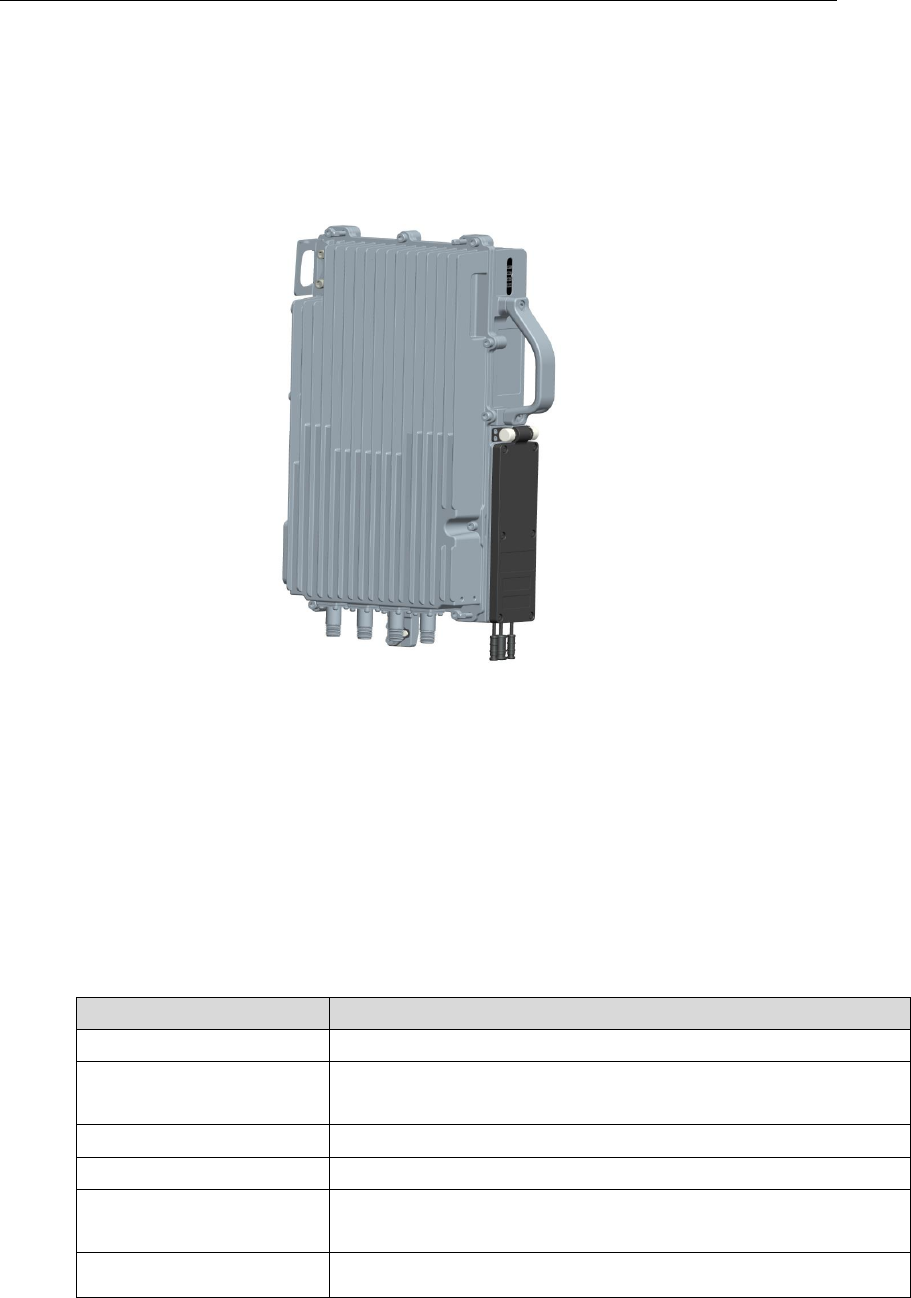
6
Appearance 1.2
Figure 1-1 shows the appearance of BRU3510 base station.
Figure 1-1 Appearance of BRU3510
Dimension: 440mm (length) x 240mm (width) x 140mm (height)
Weight: about 11kg
Base Station specifications 1.3
Table 1-2 shows the specifications of the BRU3510 base station.
Table 1-2 Base Station Specifications
Item
Description
Working Mode
LTE TDD
Working Frequency
FCC: 2496MHz~2690MHz
IC: 2500MHz~2690MHz
Working Bandwidth
10MHz/20MHz
Max Tx Power
43dBm
Receiving Sensitivity
1. 10MHz: -102 dBm
2. 20MHz: -102 dBm
MIMO
2*2MIMO
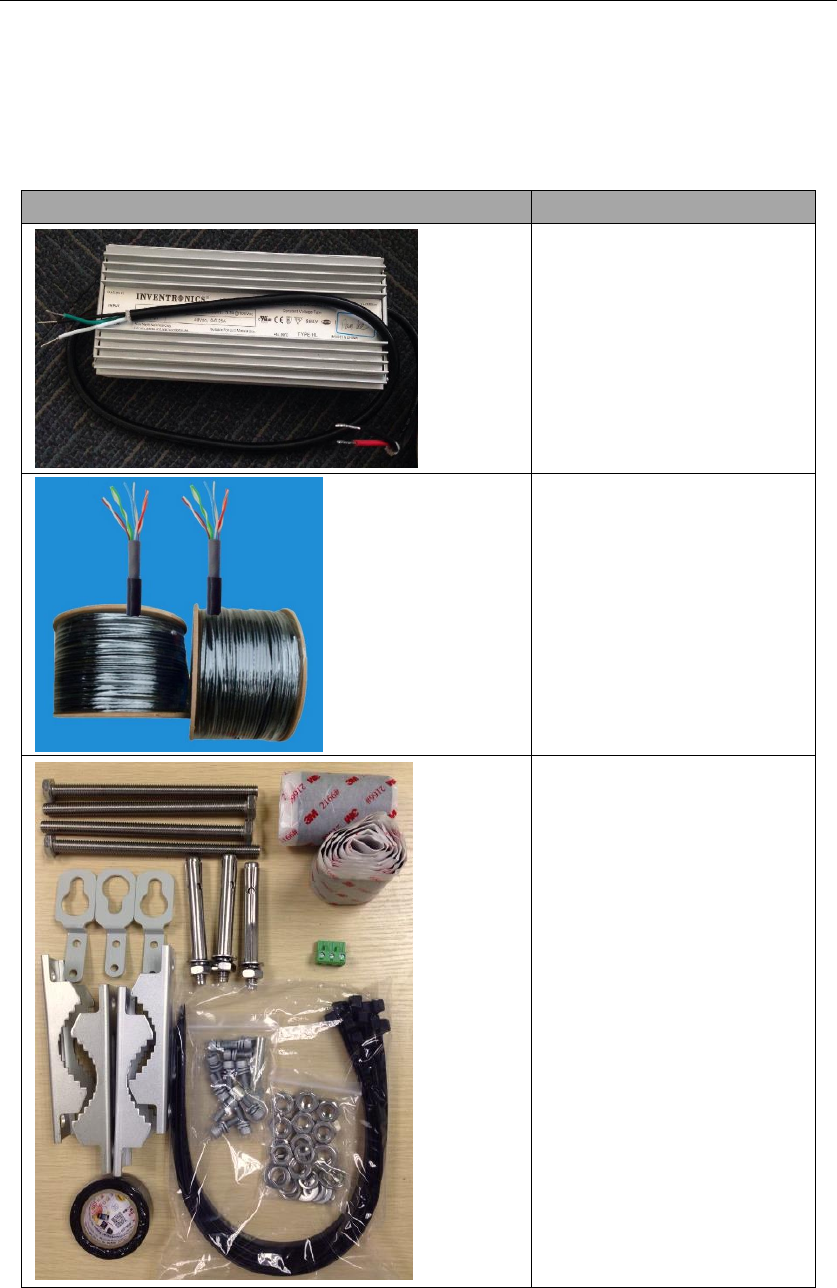
7
Base Station Accessories 1.4
Table 1-3 shows the accessories of the BRU3510 base station.
Table 1-3 Base Station Accessories
Accessory
Name
Power adaptor
Ethernet Cable
Size: 53mm*100mm*45mm
Installation Accessories
Including mounting bracket,
screw, nut, water-proof
tape, and so on.
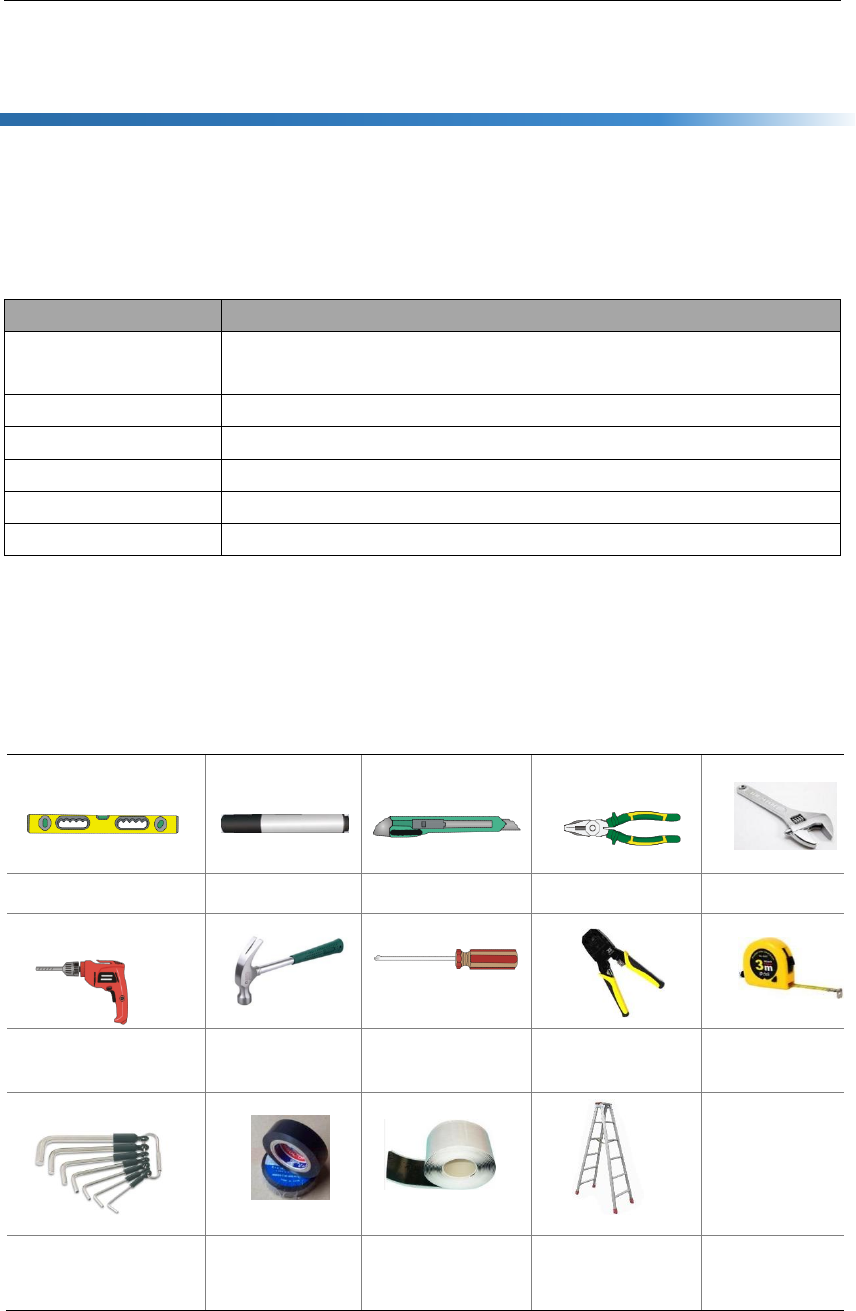
8
2. Installation Preparation
Supporting Materials 2.1
Prepare accordingly the following supporting materials, given as Table 2-1.
Table 2-1 Supporting Materials for Installing Base Station
Name
Description
Power line
< AWG16,e.g., AWG14
Shorter than 350m (1150 feet)
Antenna feeder
50 ohm feeder
Cable
Outdoor CAT5, CAT5e
Antenna
Omnidirectional, or directional antenna
Ground wire
16mm² yellow/green wire
GPS
GPS antenna, N type cable, and GPS mounting bracket
Installation Tools 2.2
The following tools are needed during the installation.
Level bar
Marking pen
Knife
Vice
Wrench
Percussion drill and
some drill heads
hammer
Cross
screwdriver
Cable vice
Tape measure
5mm L-shape allen
hexagon wrench
Water-proof
tape
Insulating tape
Ladder

9
Installation Environment 2.3
2.3.1 Locational Requirements
Environments with high-temperature, harmful gases, unstable voltage, big vibration, high
noise or exposed to flammable, explosive, electromagnetic interference (large radar
station, transmitting station, transformer substation) are not suitable for the operation of
BRU3510, and thus should be avoided. Places prone to have impounded water, soaking,
leakage, or condensation, should also be avoided.
In the construction process, factors like climate, hydrology, geology, earthquake, electric
power, and transportation should be taken into consideration so that a proper location can
be chosen to meet the communication engineering environmental requirements, as well
as the technical requirements of network planning and communication equipment.
2.3.2 Environmental Requirements
Table 2-2 gives the base station’s environmental requirements on temperature, humidity,
and voltage.
Table 2-2 Environmental Requirements of the Base Station
Item
Range
Typical value
Humidity
-35℃~ 55℃
25℃
Relative humidity
(no
condensation)
0% ~ 100%
5% ~ 100%
Safety voltage
- 58V ~ -42V
-48V
2.3.3 Power Requirements
BRU3510 base station adopts -48V DC power supply. For the safety and reliability of
device, we have the following suggestions.
Remote DC power supply, in general, AC power supply is 100V ~ 270V, the distance
of AC power supply to the device is less than 30 meters.
If the static exceeds a certain range, it will lead to great damage to the circuit and the
whole device.
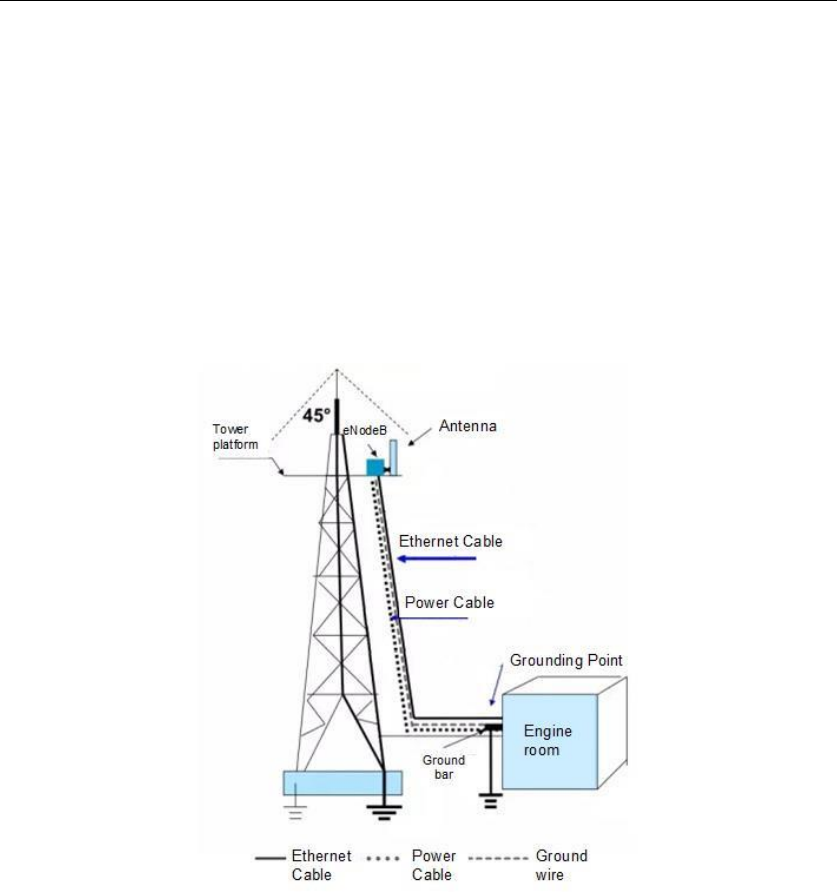
10
2.3.4 Grounding and Lightning Protection
BRU3510 base station built-in lightning protection function. When the base station is
installed, connect the grounding wire to ground, that is, connecting yellow-green ground
wire to GND terminal of base station with screw. After installation, you should make some
anti-corrosion and anti-rust measures, such as welding on tin. And the ground wire
connects to the ground point. The ground wire is not smaller than 16 mm2, as short as
possible, do not coil round. Figure 2-1 shows the grounding.
Figure 2-1 Grounding and Lightning Protection
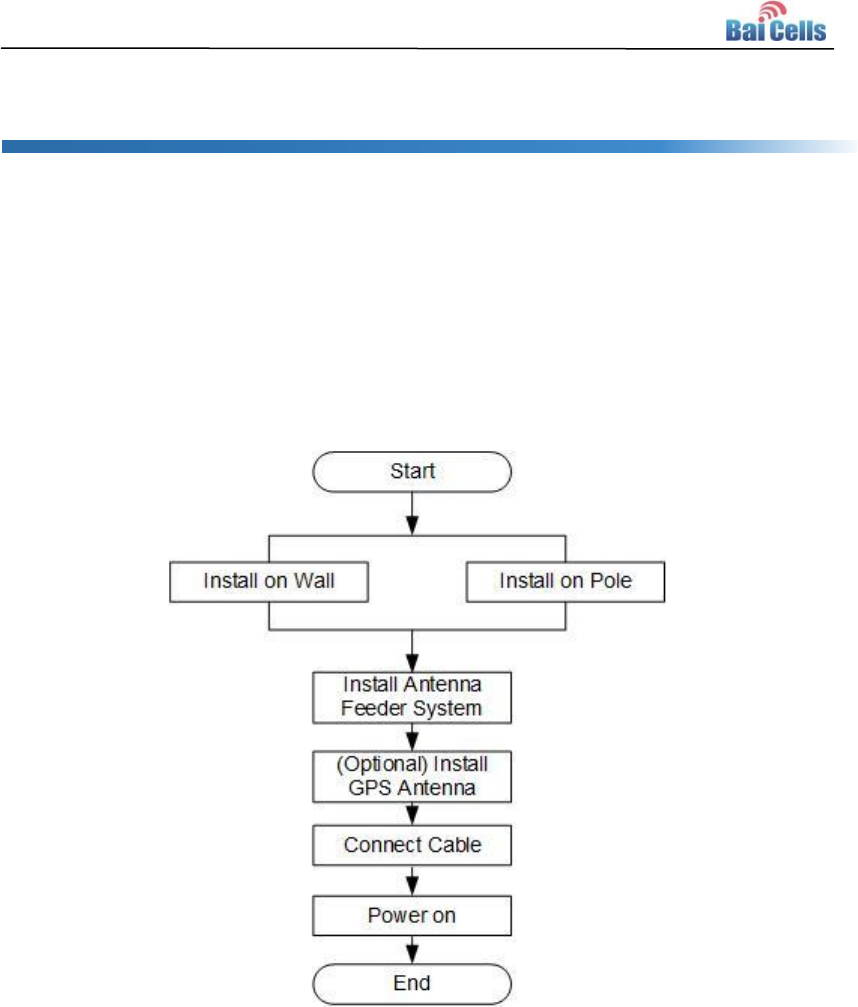
11
3. Install Base Station
Installation Procedure 3.1
BRU3510 base station as a wireless device, the rationality of installation directly influence
the coverage effect of wireless signal. Therefore, the installation need to complete by
professionals to meet the installation requirements. The installation procedure is shown in
Figure 3-1.
Figure 3-1 Installation procedure of BRU3510
Installation Steps 3.2
BRU3510 base station supports install on wall and install on pole, the following introduces
each of them.
3.2.1 Install on Wall
1. Fix three mounting hooks on both ends of the base station with M6*16 screw, as
shown in Figure 3-2.
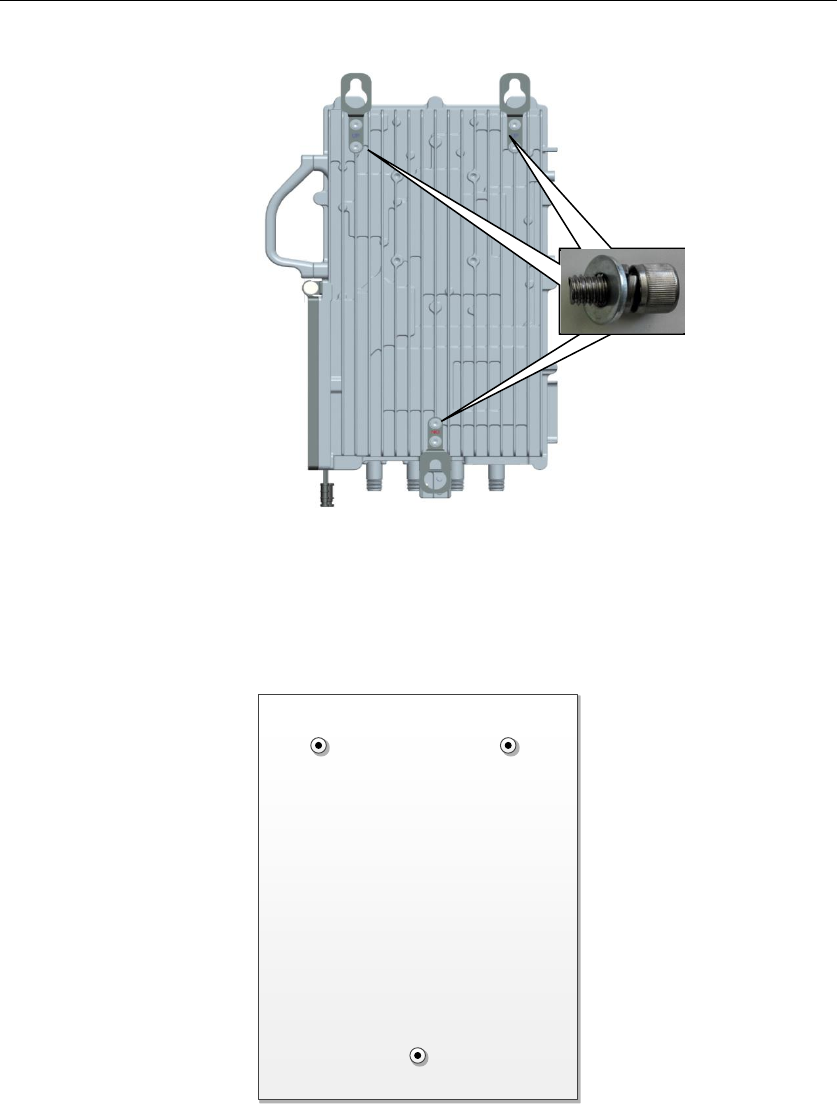
12
Figure 3-2 Install on Wall
2. Put the base station having installed mounting hook on the wall, mark the drilling
locations, as shown in Figure 3-3.
Figure 3-3 Drilling Locations on Wall
3. Drill three holes on the wall of the size 12mm in diameter by following the
locations marked.
4. Fix the base station on the wall using M10*80 expansion screws.
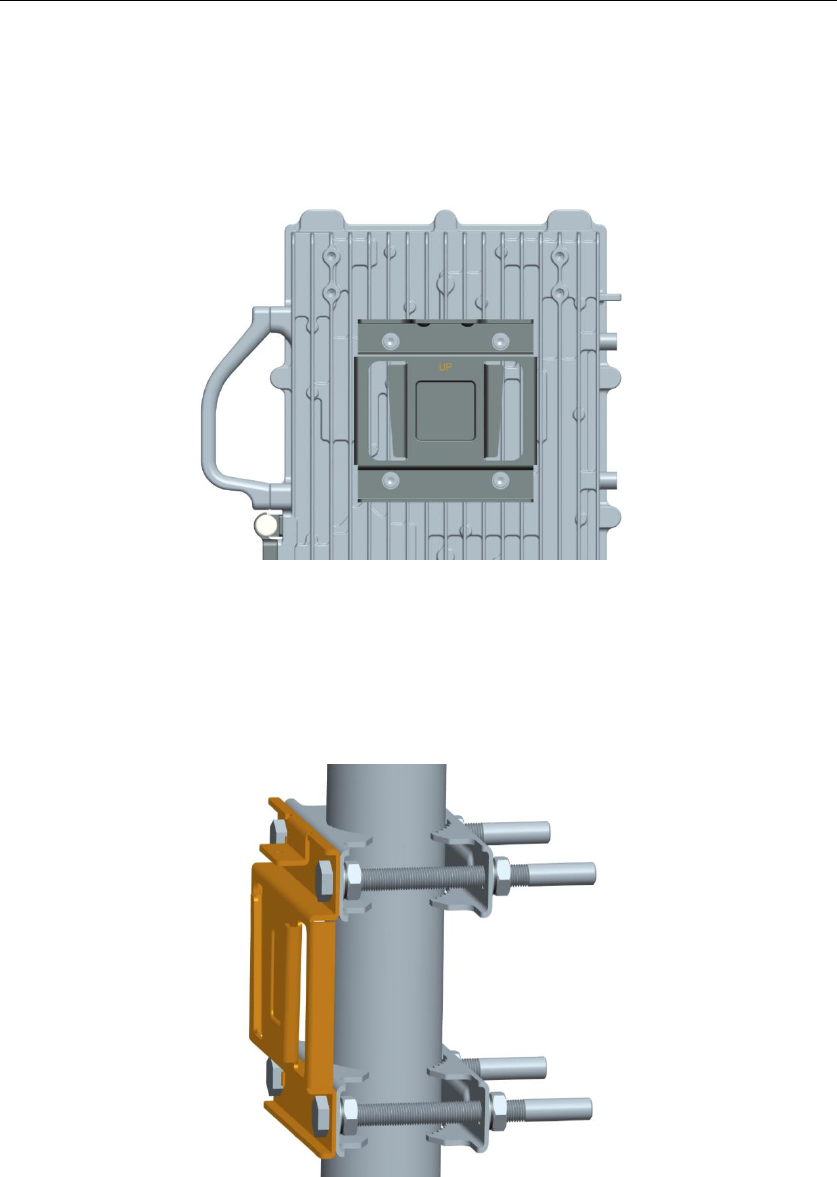
13
3.2.2 Install on Pole
1. Fix the mounting bracket with M6*16 screw on base station, as shown in Figure 3-4.
Figure 3-4 Install Mounting Bracket on Base Station
2. Install mounting bracket on pole, as shown in Figure 3-5.
Require the diameter of pole is 30mm~100mm.
Figure 3-5 Install Mounting Bracket on Pole
3. Insert vertically the base station into mounting bracket on pole, fasten M6 fixed screw,
and installation on pole is complete, as shown in Figure 3-6.
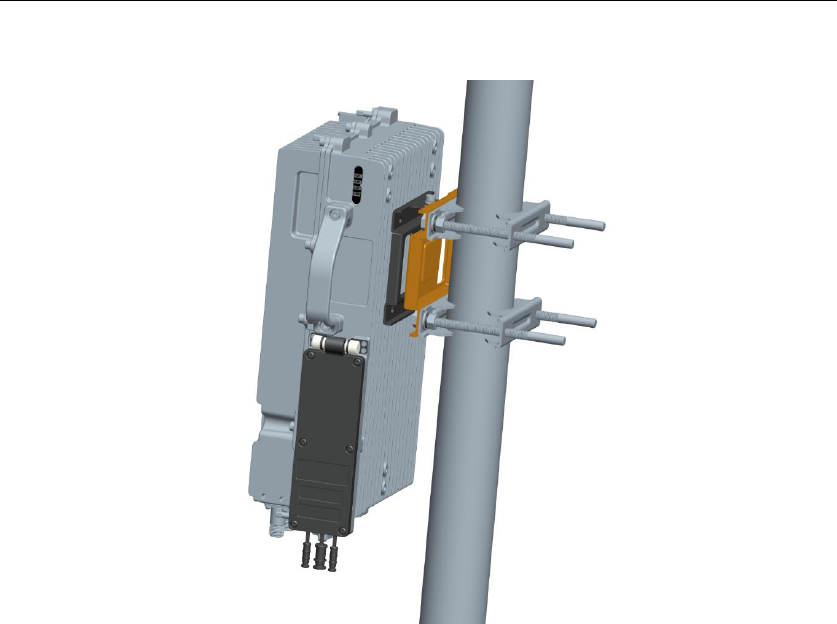
14
Figure 3-6 Installation on Pole Complete
3.2.3 Install Antenna Feeder System
There are two kinds of outdoor antennas, omnidirectional outdoor antennas and
directional outdoor antennas, which installation will be introduced in the following
respectively.
3.2.3.1 Install Omnidirectional Antennas
One should pay attention to the followings in the process of installing omnidirectional
outdoor antenna:
The diameter of the pole for omnidirectional outdoor antennas is required to be 35mm
~ 50mm. A typical case is to use the 50mm diameter round-steel-made pole (with
details depending on the specific antenna type).
Make sure that the top of pole and the clamp beneath the antenna are at the same
level, after installing the omnidirectional outdoor antenna on the pole.
Make sure that the antenna is high enough to meet the coverage requirement, and
that, the antenna top falls in the safety angle of 45 degrees towards the lightening rod,
as shown in Figure 3-7.
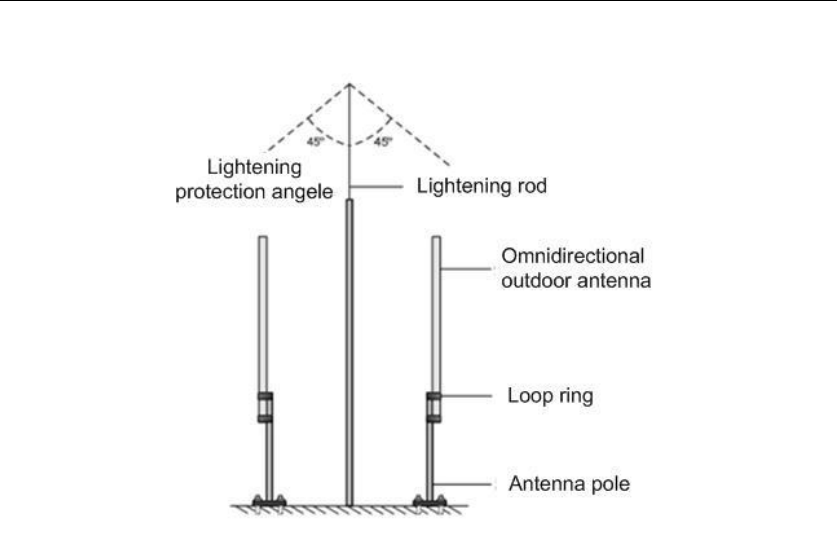
15
Figure 3-7 Omnidirectional Antenna Installation (1)
In principle, no lightening rod can be welded to pole (no metal object is allowed within
1m range in the horizontal direction of the omnidirectional antennas), when installing
the omnidirectional antennas. Instead, an independent lightening rod should be
settled between two poles, where the lightening rod must be high enough to keep all
antenna tops under its protection cover.
In case that an independent lightning rod is impossible due to environmental
limitation, the installation method as shown in Figure 3-8 can be adopted. Be aware
that the pole supporting the lightening rod should be kept from the omnidirectional
outdoor antennas for at least 1m away.

16
Figure 3-8 Omnidirectional Antenna Installation (2)
3.2.3.2 Install Directional Antennas
1. First, assemble the antennas, as shown in Figure 3-9.
Figure 3-9 Assembling Procedure of Directional Antennas
2. Use pulley to transport the antenna assembled to the platform at the iron tower, as
shown in Figure 3-10. Working at heights should strictly follow the safety rules.
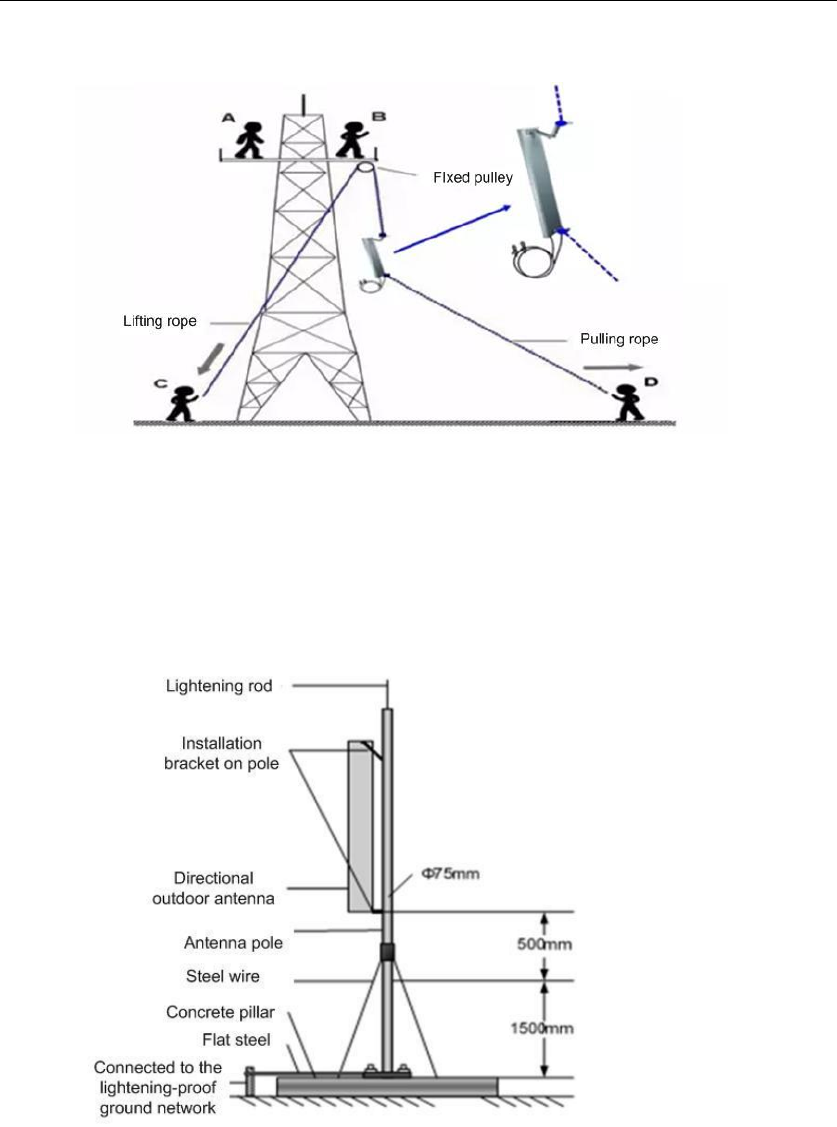
17
Figure 3-10 Transportation of the Antenna in the Height
3. Fix the pole vertically to the ground or concrete pillars on the rooftop using expansion
screws, and fasten it with steel wires. Then, mount the directional outdoor antenna
onto the pole using the installation rack, as shown in Figure 3-11.
Figure 3-11 Directional Antenna Installation
4. Connect all cables and wires and fix them, when the base station has been installed
in a proper position.
5. Do testing, and seal all the connections for waterproof protection after the testing is
passed.
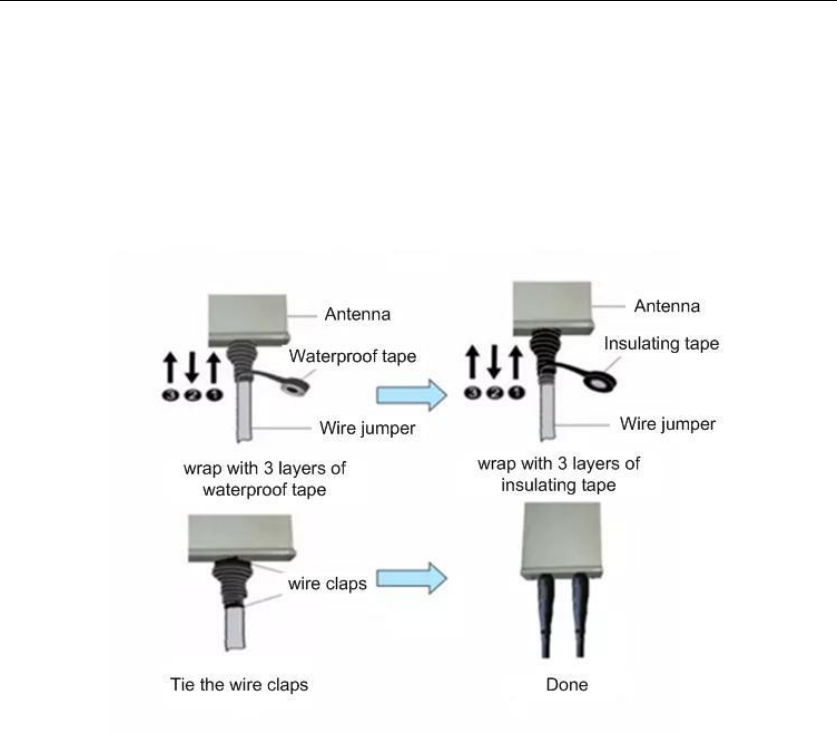
18
3.2.3.3 Waterproof Protection
Wrap the connections to protect with waterproof tapes and waterproof daub, as shown in
Figure 3-12.
Figure 3-12 Antenna Waterproofing
Be aware that at least three layers of tapes are needed, and make sure that the wrapping
direction of the last layer is from the bottom up. The last layer should be in suitable
tightness to keep it from cracking and also for good looking. The overall appearance after
the waterproof processing is shown in Figure 3-13.
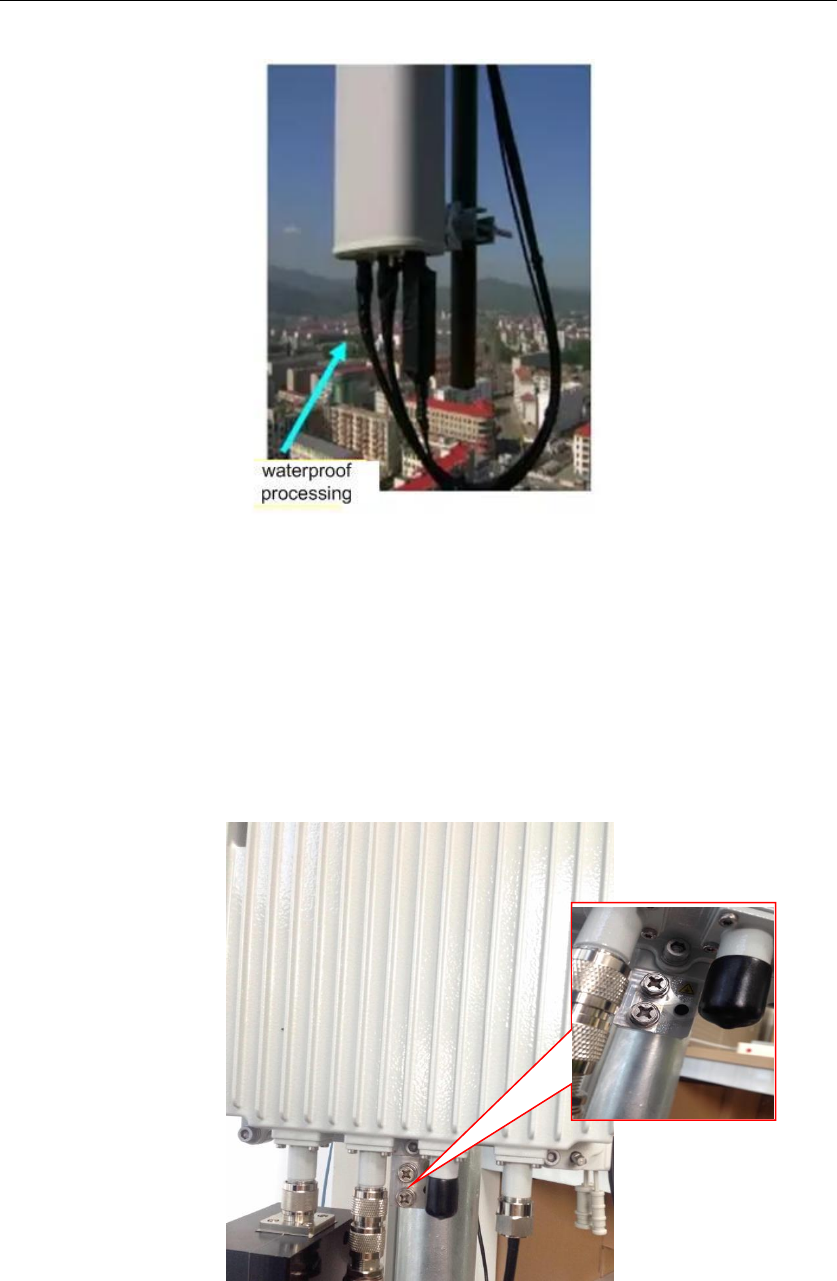
19
Figure 3-13 Antenna Waterproof Protection
3.2.3.4 Ground Protection
The grounding terminal is a screw beside the feeder interface, as shown in Figure 3-14.
One end of the ground wire connects to the grounding terminal of base station, the
other end connects to the outdoor ground point. The connection need to be
tin-soldered.
Figure 3-14 Grounding Protection
Note about grounding as follows:
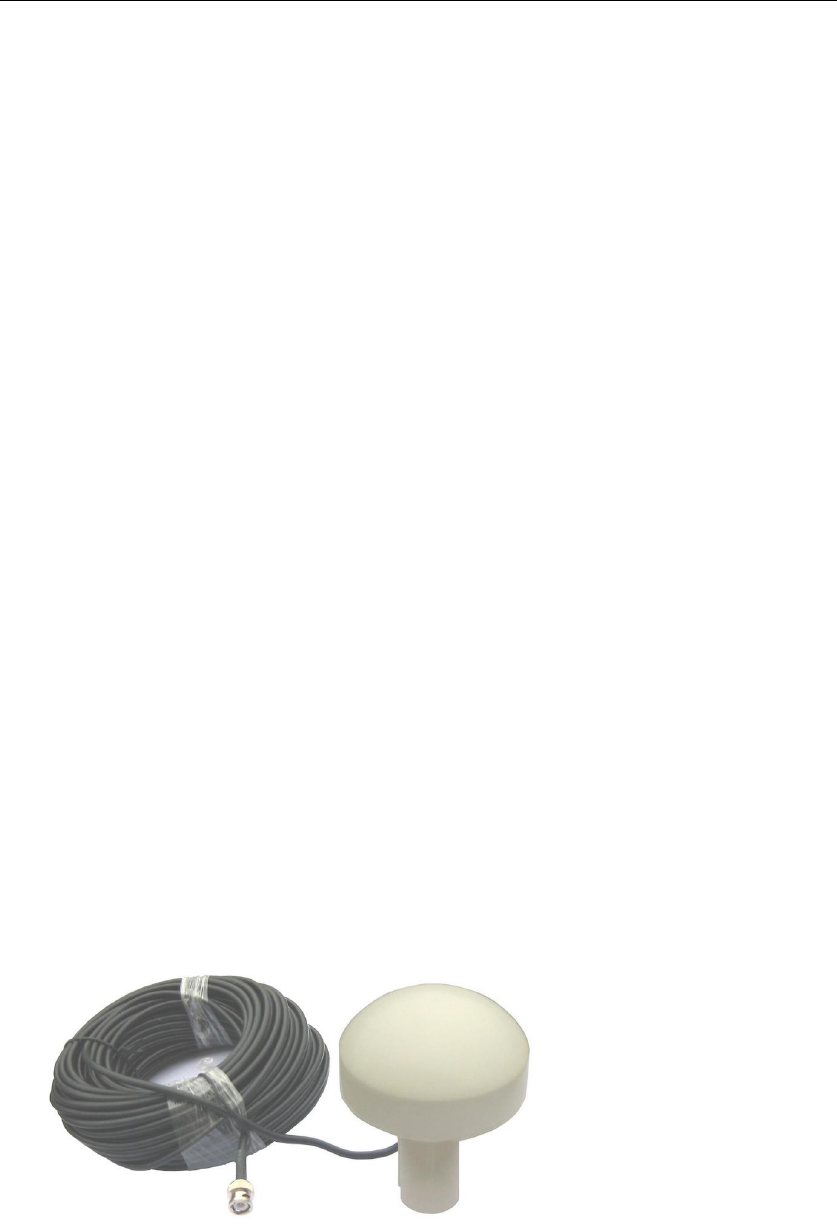
20
Ground wire adopts yellow-green wire that is no smaller than 16 mm².
Grounding principle: as near as possible.
The connection of ground terminals and ground bar is need to be tightness and
reliable. And the rustproof processing is needed, such as rust preventing paint,
anti-oxidation coatings, grease, and so on.
3.2.4 (Optional) Install GPS Antenna
Installation requirements on GPS antenna:
GPS antenna must be installed vertically.
To avoid the influence of reflected wave, GPS antenna should keep away from
surrounding metal objects more than 1.5 meters.
No major blocking from buildings in the vicinity. Keep the rooftop buildings a distance
away from the GPS. Make sure the space atop within 90 degrees (at least 45 degrees
in the south) is not blocked by any buildings.
Avoid installing the GPS in the vicinity of any other transmitting and receiving devices.
Avoid interference from other transmitting antennas to the GPS antennas.
Should be installed within 45 degrees to the lightning rod.
Mounting bracket and pole of GPS antenna must be grounding well.
Multiple GPS antenna installs at a distance of 2 meters above.
GPS antenna installation steps as follows:
1. Prepare items for the GPS antenna installation, as shown in Figure 3-15.
Figure 3-15 GPS Antenna Parts
The recommendation type of GPS antenna is LMR 400 GPS antenna feeder.
GPS working frequency band is L1: 1575.42MHz ± 1.023MHz.
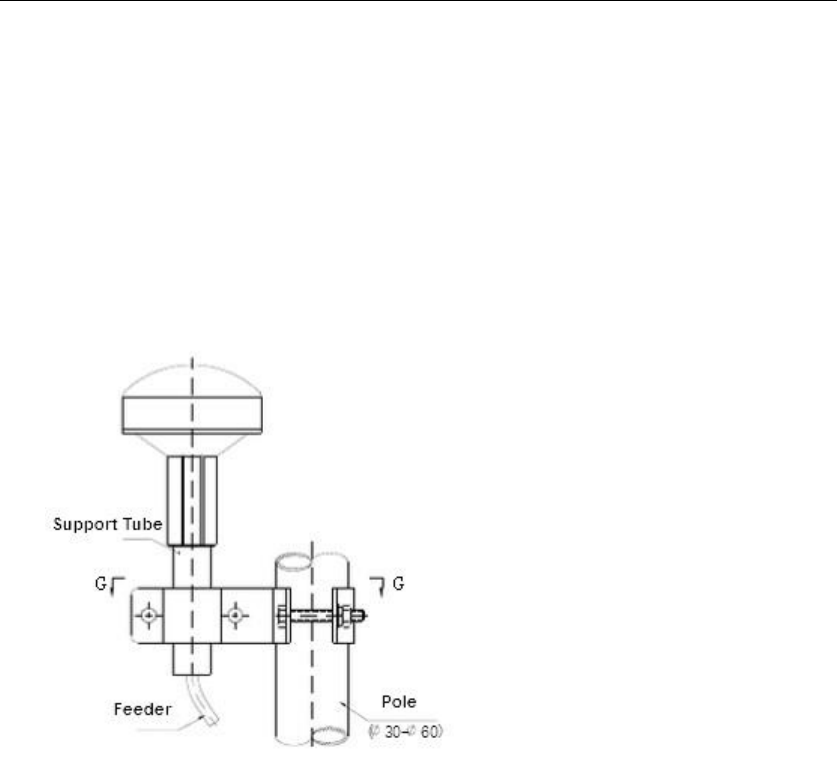
21
GPS antenna feeder connector is N type.
2. Pass one end of GPS antenna feeder through the support tube, connect it to the N
type of GPS antenna, and then fasten the support tube on the GPS antenna.
3. Fix the support tube on the pole.
4. Fix the lower end of cable and support tube with ribbon or tape.
5. Fix cable on the pole, as shown in Figure 3-16.
Figure 3-16 GPS Pole Installation
6. To avoid the connector getting loose causing by cable waggle, fix the cable on pole.
The cable and the pole should be fixed reserving a certain margin (10 cm or more),
preventing cable shrink due to temperature reduction in winter, as shown in Figure
3-17.
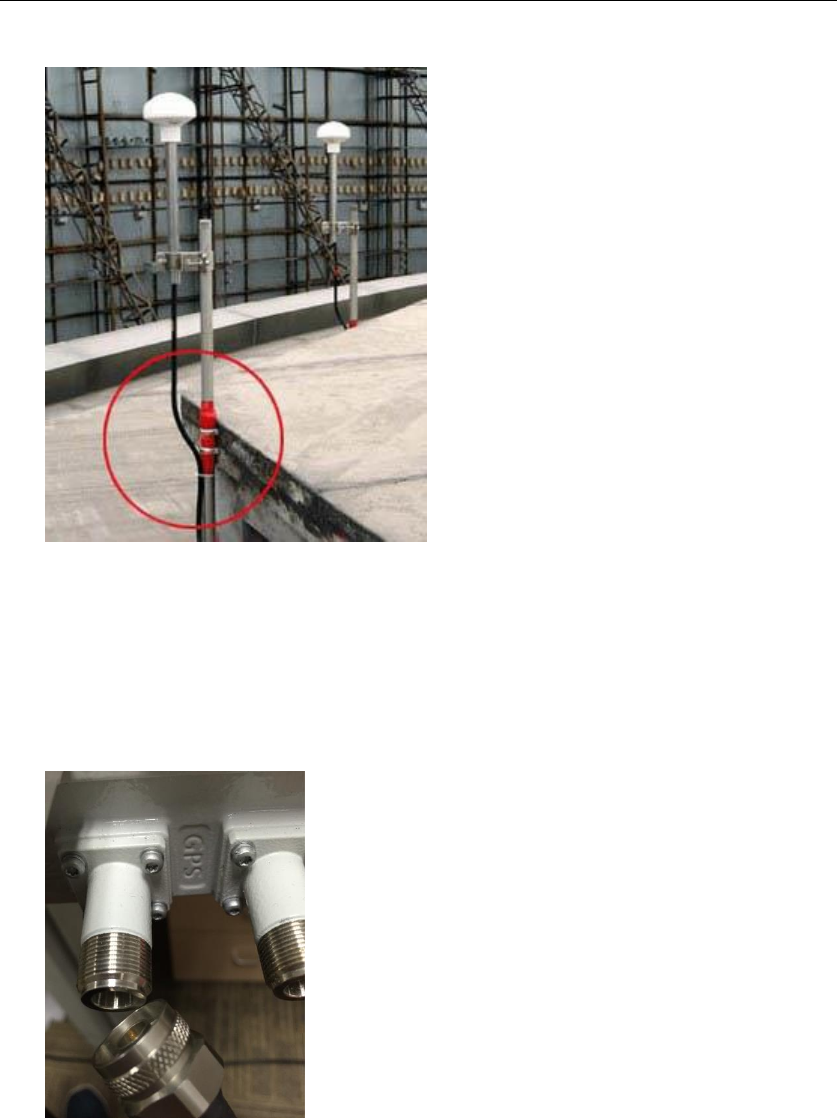
22
Figure 3-17 GPS Cable Fixing
GPS antenna feeder should as short as possible to reduce the signal attenuation.
7. GPS connector connect to the base station, as shown in Figure 3-18.
Figure 3-18 GPS Connector Connect to Base Station
8. Waterproofing measures need to be taken on GPS connector and GPS antenna
connector, using the waterproof daub and waterproof tape, refer to 3.2.3.3
Waterproof Protection.
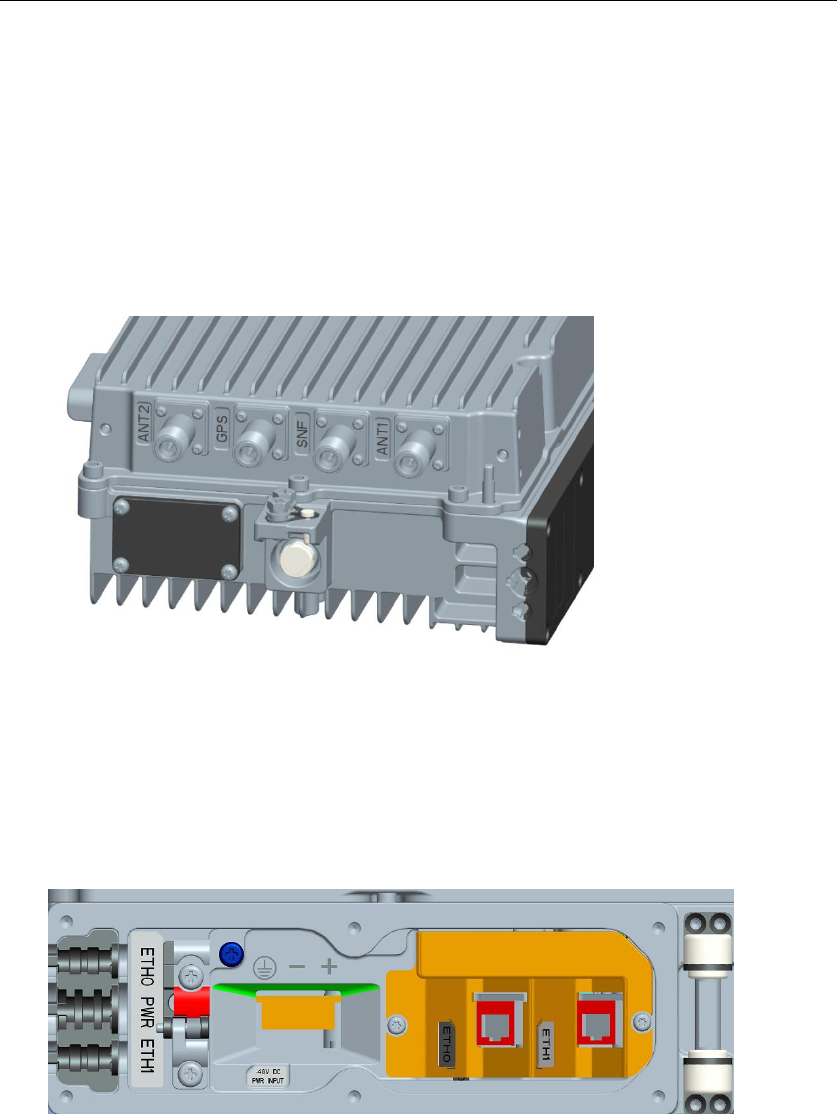
23
Connection Wire 3.3
1. Connect antenna feeder.
Connect two antenna feeders to ANT1 and ANT2 interface, connect GPS antenna
feeder to GPS interface, the interfaces of the BRU3510 base station as shown in
Figure 3-19.
Figure 3-19 Connect Antenna Feeder
2. Connect Ethernet cable.
Connect Ethernet cable to ETH0 interface of the base station, fix the cable on ETH0,
and fasten the screw, as shown in Figure 3-20.
Figure 3-20 Connect Ethernet Cable
3. Connect power cable.
Connect 48V DC power connector to PWR interface of base station, as shown in
Figure 3-21.
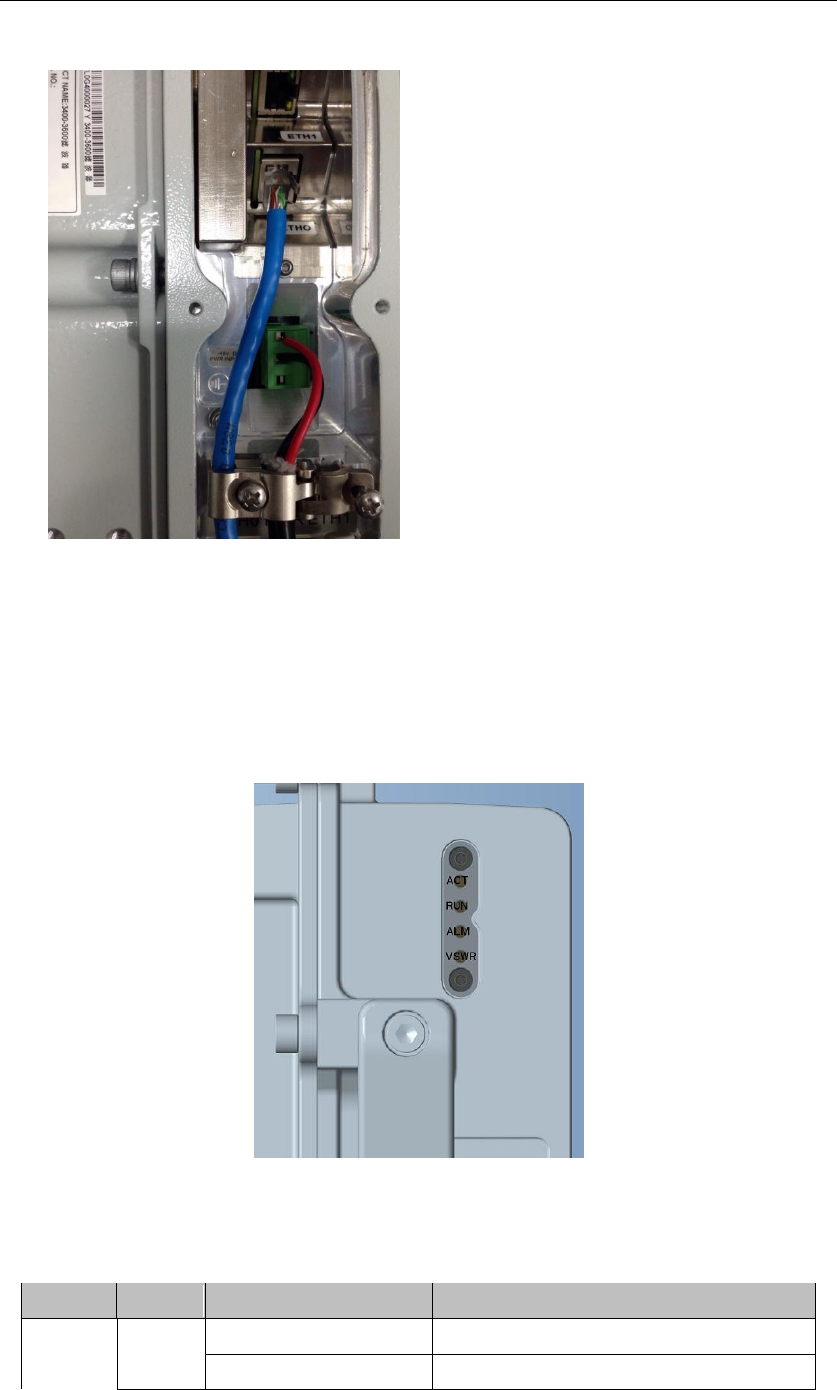
24
Figure 3-21 Connect Power Cable
Power On 3.4
Power on the BRU3510, and the indicators will light up, as shown in Figure 3-22.
Figure 3-22 LED Indicator
The explanation of the indicator signal is given in Table 3-1.
Table 3-1 BRU3510 Indicator Description
Type
Color
Status
Meaning
PWR
Green
ON
Have power input
OFF
No power input

25
RUN
Green
Fast blink: 0.125s on,
0.125s off
Single board loading
Slow blink: 1s on, 1s
OFF
Single board running well
OFF
No power input, or single board failure
ALM
Red
ON
Hardware warning status, e.g., cable
connection failure warning
OFF
No warning
ACT
Green
ON
Active cell
OFF
Inactive cell
Antennas Information 3.5
Following is the list of antennas certified for use. Customers can choose according to use
environment of different antenna.
The antenna list is given in Table 3-2
Table 3-2 BRU3510 Antenna List
Antenna Type
Manufacturer
Model Number
Antenna
Max
Gain(dBi)
External Planar
Antenna Dual Pole
Baicells Technologies
Co., Ltd
ANT-2G17-R-65-
EDT0
17
External Planar
Antenna Dual Pole
Baicells Technologies
Co., Ltd
ANT-2G15-R-65-
EDT0
15
External Planar
Antenna Dual Pole
Baicells Technologies
Co., Ltd
ANT-2G13-R-65-
EDT0
13
External
Omnidirectional
Antenna Single Pole
Baicells Technologies
Co., Ltd
ANT-2G12-R-65-
EDT0
10
External
Omnidirectional
Antenna Single Pole
Baicells Technologies
Co., Ltd
ANT-2G10-R-65-
EDT0
8
External
Omnidirectional
Antenna Single Pole
Baicells Technologies
Co., Ltd
ANT-2G8-R-65-E
DT0
6
External
Omnidirectional
Antenna Single Pole
Baicells Technologies
Co., Ltd
ANT-2G0-R-65-E
DT0
0

26
Regulatory Compliance 3.6
FCC Compliance
This device complies with part 15 of the FCC Rules. Operation is subject to the
following two conditions: (1) This device may not cause harmful interference, and (2)
this device must accept any interference received, including interference that may
cause undesired operation.
Any Changes or modifications not expressly approved by the party responsible for
compliance could void the user's authority to operate the equipment.
This equipment has been tested and found to comply with the limits for a Class A
digital device, pursuant to part 15 of the FCC Rules. These limits are designed to
provide reasonable protection against harmful interference when the equipment is
operated in a commercial environment. This equipment generates, uses, and can
radiate radio frequency energy and, if not installed and used in accordance with the
instruction manual, may cause harmful interference to radio communications.
Operation of this equipment in a residential area is likely to cause harmful
interference in which case the user will be required to correct the interference at his
own expense.
Warning
This equipment complies with FCC radiation exposure limits set forth for an
uncontrolled environment. This equipment should be installed and operated with
minimum distance 4 m between the radiator & your body.
IC Compliance
This device complies with Industry Canada licence-exempt RSS standard(s).
Operation is subject to the following two conditions: (1) This device may not cause in
terference, and (2) This device must accept any interference, including interference t
hat may cause undesired operation of the device.
Le présent appareil est conforme aux CNR d'Industrie Canada applicables aux appa
reils radio exempts de licence. L'exploitation est autorisée aux deux conditions
suivantes:
(1) l'appareil ne doit pas produire de brouillage, et
(2) l'utilisateur de l'appareil doit accepter tout brouillage radioélectrique subi,
même si le brouillage est susceptible d'en compromettre le fonctionnement.
The antenna(s) used for this transmitter must be installed to provide a separation
distance of at least 4 m from all persons and must not be collocated or operating in
conjunction with any other antenna or transmitter, End-Users must be provided with
transmitter operation conditions for satisfying RF exposure compliance.